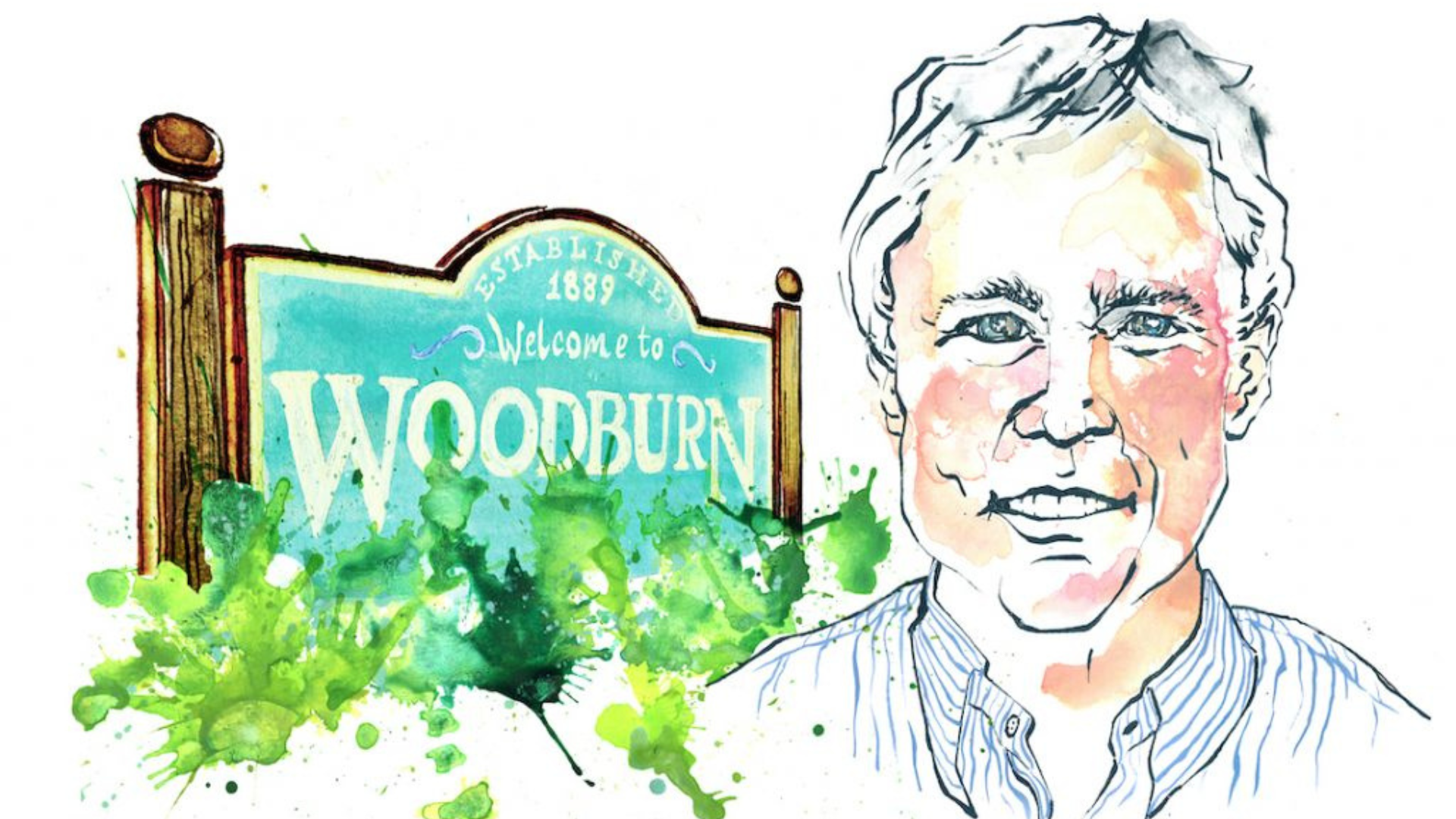June 2, 2022 | Written by Denise Szott | Published in Brand Stories
Brand Story – Comcast’s network expansion gives local businesses bigger voice.
Comcast is in the midst of a $15 million project to expand high-speed broadband in Woodburn and Hubbard, spreading its suite of solutions across the Oregon and SW Washington area, particularly within rural communities.
But its investment goes beyond meeting the growing demand of reliable service. By offering connectivity and managed services, Comcast has energized a partnership within these areas that builds better businesses and helps communities thrive.
In Woodburn, where the urban growth boundary recently has been expanded, business is poised to boom as more residents and industry call the city home. And in Hubbard — though its population is small at under 4,000 in 2020 — a strong industrial base increasingly relies on robust digital connections.
In these two towns, and in most places, COVID pushed businesses to improve their operations through new and more advanced technology. The pandemic accelerated the demand for high-speed, reliable internet access and changed the way people work, go to school and more, expanding the possibilities outside of urban centers.
Competition conducive to all
Increasing consumer choice means providers have to step up to be sure they’re the best in the marketplace, and Comcast is doing just that.
“Competition breeds excellence,” says John Zobrist, Woodburn Area Chamber of Commerce executive director. “Competition makes everyone better at what they do because they need to attract and retain customers.
“Because we’re a business, and we’re a big organization, Comcast lets us have the ability to have better choices and options for our business community,” Zobrist says.
Comcast’s expanded network makes fast broadband more cost effective, especially in smaller communities that often didn’t get a bang for their buck when there were fewer options.

Mike Lipke, president and owner of Trillium Pacific Millwork in Hubbard, signed up for Comcast Business last November.
“One of the most obvious differences was better, faster service. The competition aspect has been very beneficial to us,” Lipke says. “The reliability of the system and that it’s less expensive is a win-win for us. I’m happy Comcast came to Hubbard and look forward to a long relationship with them.”
Necessity, not a luxury
Simply having digital access isn’t enough. Reliability and speed are critical, particularly in the business world where time is money and delays decrease productivity.
Businesses cannot afford latency while uploading and downloading documents, engaging with their teams, transacting or communicating with customers. Bandwidth must meet business needs for multiple users and must provide strong connections for online meetings and calls.
Quicker connections get the job done. “Increased speed will make video conferencing a little easier and more natural,” Lipke says.
“Comcast will be more reliable than some of the other choices we’ve had, which relied on equipment and infrastructure that was pretty old” and often provided spotty service, he says.
Rock-solid partner with benefits
Any new company coming into town wants to foster goodwill. Comcast is doing that, but its track record shows that instead of just making an initial splash it sticks around and lays down roots in the community along with fiber cable.
Not just a company presence in the community, they become long-term partners and active sponsors. Comcast’s investment means a lot to local nonprofits and organizations.
“Having a good corporate sponsor that’s there and wants to be an active participant in making the community better is invaluable,” Zobrist says. “I connected them with several partners. Last year they donated a substantial amount to Love Santa, which provides food boxes and toys for over 450 families at Christmastime.”
In addition, Comcast has donated and supported the Boys & Girls Club Woodburn Teen Center, civic organizations like Kiwanis and Rotary, and has helped with fundraisers and sponsored various scholarships.

Not a static market
In today’s world, being connected is a given necessity for work, school, business, scheduling, appointments and more. And the amount of productivity that results from that connectivity increases exponentially. The more people who use it, the more productive a business can be. However, there is still a need to help households connect to high-speed Internet.
To assist with bridging the digital divide, Comcast provides low-cost, home Internet service through its Internet Essentials program. The program provides high-speed connectivity for $9.95 per month, including a Wi-Fi-enabled modem. And with the federal government’s Affordable Connectivity Program, which provides a $30 monthly reimbursement to eligible households using broadband, this can essentially make their internet nearly free.
“That ability for a huge portion of our population to be able to afford high-speed internet is huge,” Zobrist says. “When your workforce has internet and you have the ability for people to work remotely, indirectly that’s going to help businesses because a high-speed internet connection for those who would otherwise not be able to afford it is going to be a huge benefit for everyone.”
Another ripple effect is being able to attract better workers. “People who want to live here and who have that (online) ability gives us an edge in the business community,” Zobrist says.
Both Woodburn and Hubbard expect to see population growth, more new businesses, a drop in unemployment rates and a rise in home values. The long-run benefits of high-speed broadband access dovetail with these changes.
“At the Chamber of Commerce, we promote a better business climate. We advocate for businesses and provide business training and resources,” Zobrist says. “But above and beyond that, we advocate for making Woodburn a better place to live because if you don’t have good people, if you don’t have well-trained, happy people who live in your community, then you don’t have a good workforce.”




